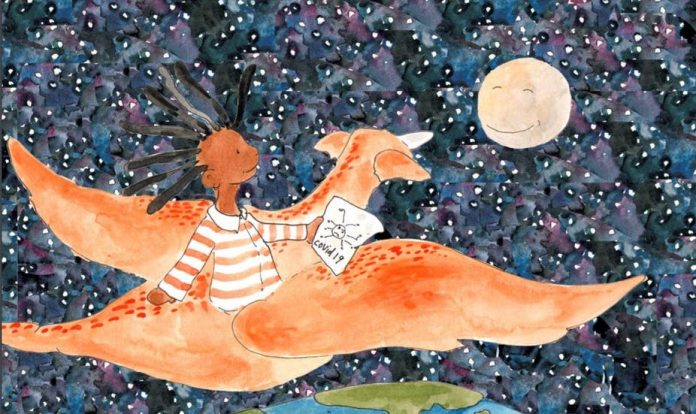The global COVID-19 pandemic has turned children’s lives upside down. Stay-at-home orders mean that they cannot go to school, visit a playground or spend time with friends. Just like adults, they may be scared and frustrated.
But given the right information, children can be powerful agents of change in their families and communities. That’s according to a UNICEF guide for communicating with children. This guide highlights the need to communicate with children in an age-appropriate, culturally sensitive, inclusive and positive way. It emphasises that to be effective, the communication must be interesting and engaging.
In response to the current pandemic, leading health scientists and child psychologists have joined forces with writers, educators and artists to produce innovative communication materials. These range from children’s books and videos to infographics and comics. It’s a powerful collaboration: scientists provide the credibility and accuracy, while artists ensure this is communicated with creative flair and appealing design.
And there’s science to back up their efforts. An academic overview of research looking at educational comics has concluded that comics have great potential to make complex topics more meaningful to diverse audiences. This is achieved by combining visuals with powerful metaphors, character-driven narratives and emotionally charged storylines. Scholars confirm that science-themed comics can both entertain and educate, thereby stimulating interest in science topics. Read more…



